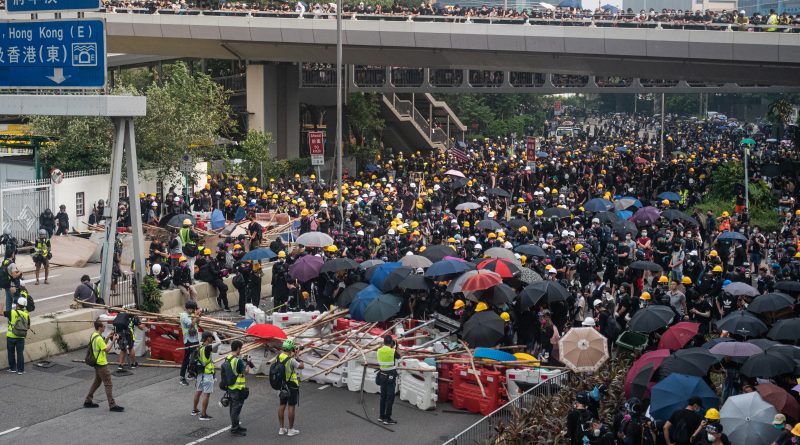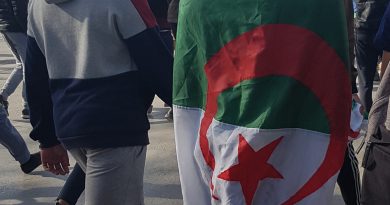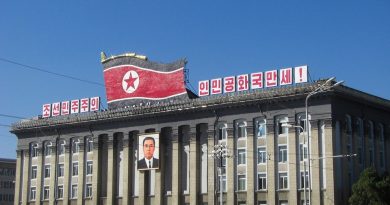Hong Kong Protests Take Another Violent Turn
Kaitlin Principato
Staff Writer
As the pro-democracy demonstrations in Hong Kong enter their fourth month, protesters have resorted to violent measures in order to draw the attention of the government. Since the start of the demonstrations, a total of 1,500 individuals ranging from ages 12 to 83 have been arrested. ABC says that demonstrators have trampled and set fire to the Chinese flag, vandalized two subway stations, and set fires in the streets.
Individuals across Hong Kong fear that both Beijing and Carrie Lam, Chief Executive of Hong Kong, are taking away their high degree of autonomy from the mainland and the western civil liberties promised to them. When interviewed by news outlets, protesters have claimed that in order to grab the government’s attention and enact real change, they must turn to violence in protests.
In the subway stations, protesters have smashed surveillance equipment, used hammers to destroy city property, and spray-painted walls and trains. ABC says that demonstrators have thrown gasoline bombs and started fires in order to fight the authorities. In response, police have escalated to using tear gas and rubber rounds, to contain the demonstrations.
Protesters have also demonstrated at a mall in order to target what they consider to be pro-China businesses. The Washington Post reports that many middle-class citizens are particularly angry with the business elites who have accumulated most of their economic and political wealth through relationships with the mainland.
It is clear the violence can no longer be ignored by the Hong Kong government. This past week, Carrie Lam agreed to withdraw an extradition bill that sparked the initial protests in June.
Prior to its return to Chinese control in 1997, Hong Kong was a British colony. According to BBC News, the “one country, two systems” principle connotes Hong Kong’s separate legislature and judicial system from China and is key to understanding the difference between Hong Kong and mainland China. This separation allows Hong Kong to keep its autonomy from the mainland and grants rights like freedom of speech and assembly, which ordinary Chinese citizens lack.
However, not all protestors are satisfied with the semi-autonomous status, reports The Guardian. Their core demands include fully democratic elections, independent investigations of complaints about police violence, the release of arrested protesters and charges against them dropped, and for the government to withdraw the word “riot” in relation to protests. October 1, will mark the 70th anniversary of the Chinese Communist Party (CCP). According to ABC, the CCP has expressed concern and embarrassment on behalf of the demonstrations in Hong Kong. The Lam government has also called for fireworks and parade celebrations to be canceled as a precaution to curb safety concerns.
In 2047, the treaty that granted Hong Kong its semi-autonomous status will expire, meaning that the future of the territory is unknown. With that in mind, the youth of Hong Kong are particularly angered with the government and are determined to maintain their autonomy. The Atlantic says the youth view the integration of Hong Kong with the rest of China as a representation of lost hope in the struggle for freedom. The protests reflect their fear, which is one of the primary driving forces for their continued fight for freedom, bearing the slogan “five demands, not one less.”



